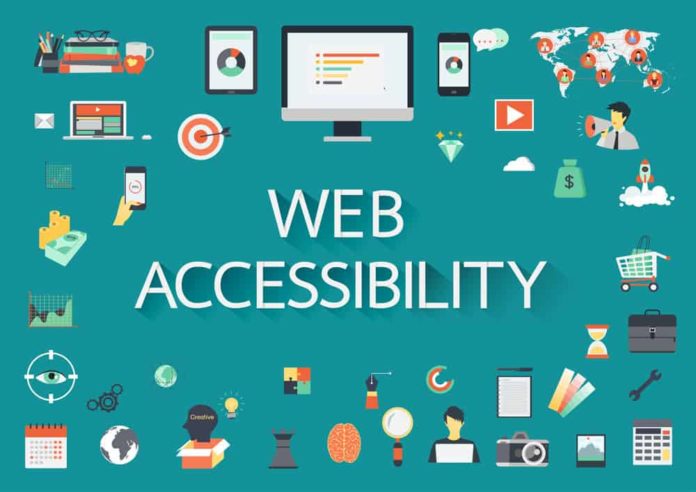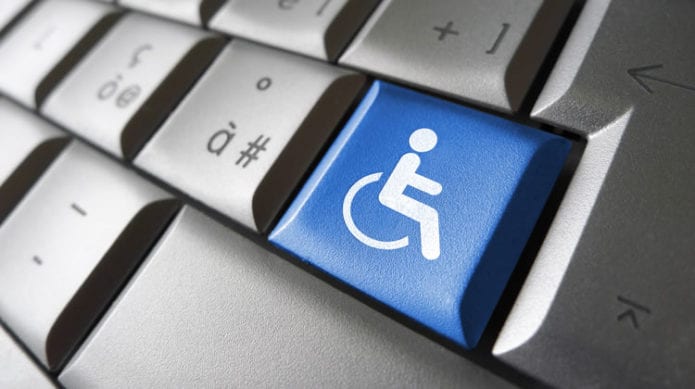
The internet has (slowly, but surely) turned into an increasingly important resource in many areas of life Therefore, it’s essential for it to be accessible in order to ensure equal opportunities for everyone. This includes people with disabilities as well, and that’s why the idea of website accessibility was born. In order for a website to be called accessible, all users must be able to gain access to all parts of it. Of course, it doesn’t necessarily mean that everyone must obtain the same user experience – sometimes it’s unachievable. But it does mean that there should be no functionality or piece of content that is unavailable for anyone, regardless of their disability type, the devices and web readers they use or any other criteria.
As awareness of such an important phenomenon develops, so does the number of people and organizations that are committed to its progress and growth. But in order to realize how noteworthy website accessibility has become, we need to take notice of a few salient facts about it and some changes that next year will bring to this sphere.
Four website accessibility pillars

Each and every website that can be considered accessible to everyone must meet some requirements.
- It has to be displayed in such manners that the ones with handicaps are able to notice it.
- The ones who are navigating the website must have the possibility to perform operations on it since the interface isn’t allowed to contain any operation that the users with disabilities aren’t likely to perform.
- People with disabilities have to be able to understand the information and the operations and the content mustn’t be beyond their comprehension.
- They must have the option to get to the content even if the technology starts progressing and experiencing some changes; this shouldn’t prevent the content from remaining comprehensible to them.
One should bear in mind that in case any of those pillars don’t meet the expectations and requirements, strategies won’t have any success. If that happens, not every user will be able to enjoy the endless possibilities offered by the internet and websites. And that means that website accessibility isn’t performed in the way it should.
Avoiding frequent lawsuits
It is true that web accessibility is now part of the law – this means that breaches regarding that certainly do have various consequences. Lawsuits became pretty common nowadays and are mostly filed by dissatisfied users who feel that its implementation does not meet the necessary criteria. This is one more reason for all the website owners to start concentrating on some additional ways to avoid such upshots.
Improvements are coming – stronger than ever

As much is discussed about this term, it becomes increasingly apparent that its implementation brings many benefits. This has also been recognized by many politicians who are increasingly becoming passionate about developing web accessibility within their campaigns. Some of them realized that supporting this phenomenon could be a success for their 2024 plans, and indeed became more dedicated to resolving this problem. They also started improving their political websites in order to make them more comprehensive and accessible to all voters with disabilities.
Raising awareness of web accessibility
Not only users with disabilities are interested in reinforcing web accessibility. There are many individuals, groups and organizations that are more than eager to raise the awareness of the importance of it. A great example would be the 17th International Web for All conference which will be held in April next year in Taiwan. The organizers of this event will devote their full attention to education within this field and focus on future enhancements. That’s what makes the whole concept more thriving with each passing day.
Website accessibility improvement help

Everyone who wants to adapt their site to the needs of people with disabilities now has many options to put it into action. This applies not only to large organizations and powerful companies but also to any other websites whose owners wish to do the same. What makes this process easier is that there are companies like DigitalAuthority that provide much-needed assistance in evolving website availability plans of action in compliance with ADA. Such companies are rather valuable considering the fact they affect the overall acceptance of these rules and contribute to their expansion.











